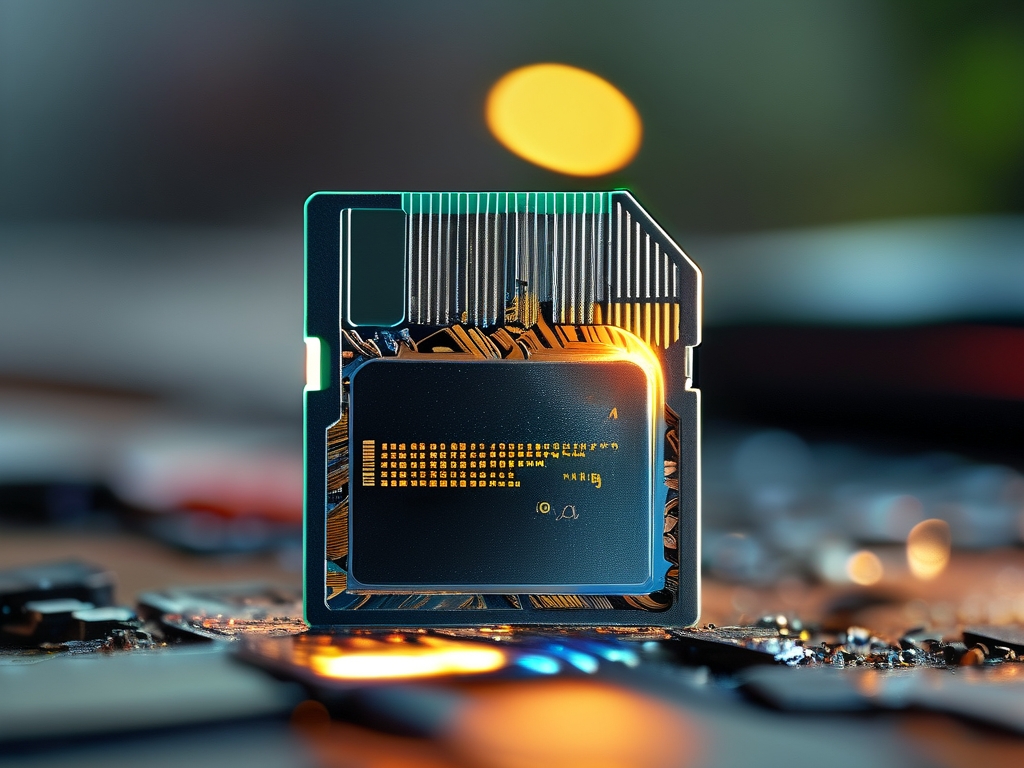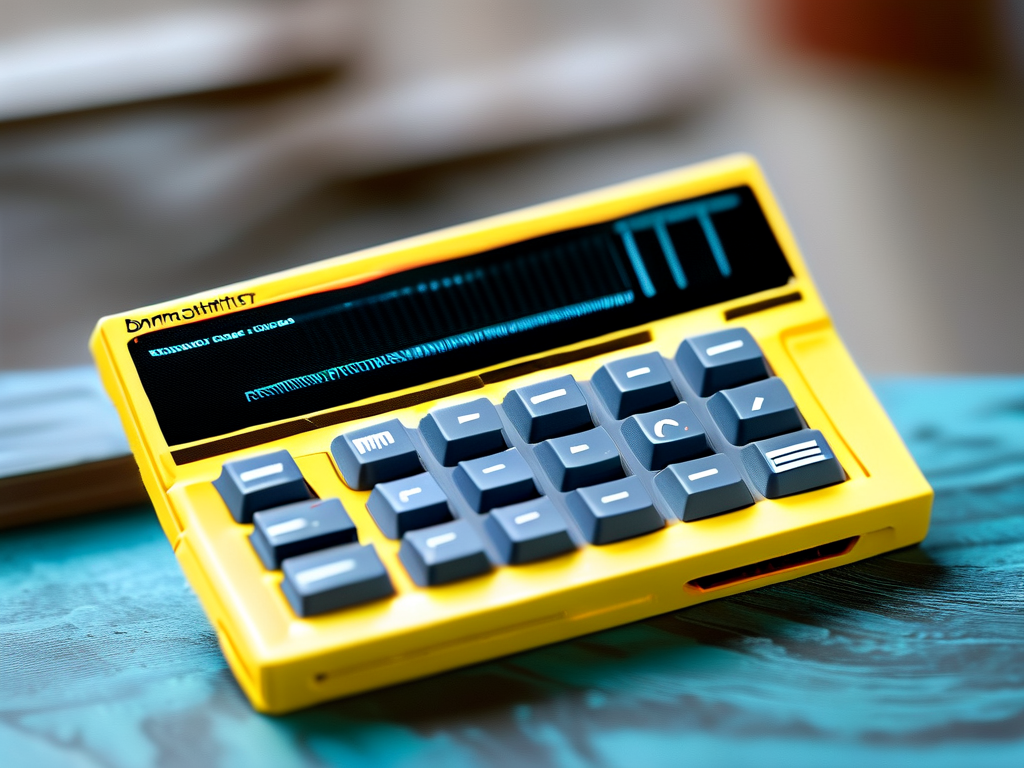A memory card stuck in a "calculating" or "processing" state can be a frustrating experience, especially when you need immediate access to your photos, videos, or documents. This issue often occurs due to corrupted files, improper ejection, or hardware malfunctions. In this article, we'll explore why memory cards enter this state, step-by-step solutions to resolve it, and best practices to prevent future problems.

Why Does a Memory Card Get Stuck "Calculating"?
When a memory card displays messages like "Calculating…" or "Processing…" on your device, it typically indicates that the file system is attempting to read or verify data but is encountering errors. Common causes include:
- File System Corruption: Sudden removal of the card, power outages, or interrupted transfers can damage the card's file structure.
- Bad Sectors: Physical wear and tear or manufacturing defects may create unreadable sections on the card.
- Incompatible Devices: Using the card across multiple devices (e.g., cameras, phones, PCs) with varying formatting standards can confuse the file system.
- Virus or Malware: Infected files may disrupt normal operations.
Immediate Steps to Try
Before panicking, try these quick fixes:
- Restart Your Device: Sometimes, the issue lies with the connected device (camera, phone, or computer) rather than the card itself.
- Reinsert the Card: Remove the memory card, wait 10 seconds, and plug it back in. This resets the connection.
- Use a Different Card Reader: Faulty readers often miscommunicate with the card. Test with another reader or USB port.
Advanced Troubleshooting Methods
If basic steps fail, proceed with these solutions:
1. Scan for Errors (Windows/Mac)
- On Windows:
- Open File Explorer, right-click the memory card, and select Properties > Tools > Check.
- Choose "Scan and repair drive" to fix logical errors.
- On Mac:
- Open Disk Utility, select the card, and click First Aid.
2. Data Recovery Software
If the card remains inaccessible, use tools like Recuva, EaseUS Data Recovery Wizard, or PhotoRec to salvage files. These programs bypass the file system to extract raw data. Always recover files to a separate drive to avoid overwriting the card.
3. Format the Card
Formatting erases all data but can resolve persistent issues.
- Quick Format: Suitable for minor corruption.
- Full Format: Scans for bad sectors (takes longer). Warning: Only format if you've already recovered critical data.
4. Low-Level Formatting
For severe corruption, tools like SD Memory Card Formatter perform a deep reset, restoring factory settings. This erases all data permanently.
When Hardware Is the Culprit
If software fixes don't work, the card may have physical damage:
- Check for Visible Damage: Look for cracks, bent pins, or discoloration.
- Test in Another Device: Confirm whether the issue persists across devices.
- Professional Recovery Services: Companies like DriveSavers specialize in physically damaged media but charge hefty fees.
Prevention Tips
Avoid future headaches with these habits:
- Eject Properly: Always use "Safely Remove Hardware" (Windows) or "Eject" (Mac) before unplugging.
- Regular Backups: Copy files to cloud storage or external drives.
- Avoid Overfilling: Leave at least 10% of the card's capacity free.
- Update Firmware: Ensure your camera or device runs the latest software.
A memory card stuck in a calculating loop isn't necessarily dead. Start with simple fixes like reinsertion or error scans, then escalate to data recovery tools or formatting if needed. Physical damage requires professional intervention, but most issues stem from logical errors that users can resolve independently. By adopting preventive measures, you'll minimize risks and keep your data safe for years to come.


